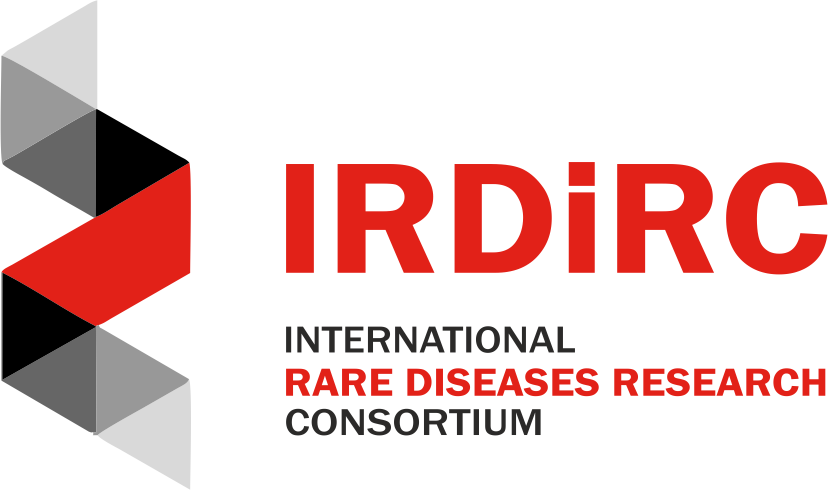Introduction
Clinical data are essential to advance knowledge on the natural history of rare diseases and should be widely accessible to researchers and clinicians to maximize output. One of the obstacles to do so is the necessity to respect the scope of consent that every patient has expressed to have his/her data used for research. As most databases tend to be interoperable, it is now necessary to associate clinical data with the scope of consent given by each patient.
An Automatable Discovery and Access Task Team has been set up in collaboration by the GA4GH and IRDiRC. It works, with participation of IRDiRC Scientific Committee members, to develop standardized and computer-readable data use types in consent forms, through aligning a user’s permission against a common set of permitted data use types.
Objectives
The Task Team explores machine readability of consent and its impact on data use and accessibility. It will create two work products: (1) a basic set of metadata to describe common variations in existing consent agreements to facilitate Beacon and BRCA challenge work, and (2) a report detailing the potential of machine readable tools, including an overview of how smart contracts may impact consent over time.
Plans and timeline
- November 2015: Workshop for different experts in the field
Documents
- The ADA-M v1.0 is available online here
- The Matrix Spreadsheet that shows the overall matrix design is online here
- A Guidance Document with the full details of the matrix is online here
- Profile Completion Rule Set (rules for ensuring a valid Profile) is online here
- Software to create, manage and automatically validate ADA-M Profiles in standard formats:

